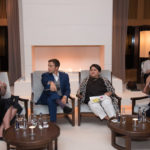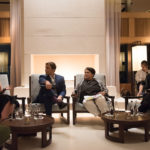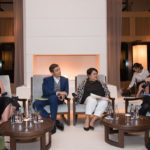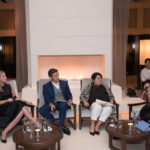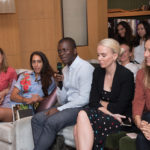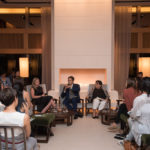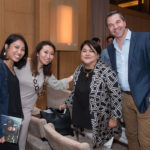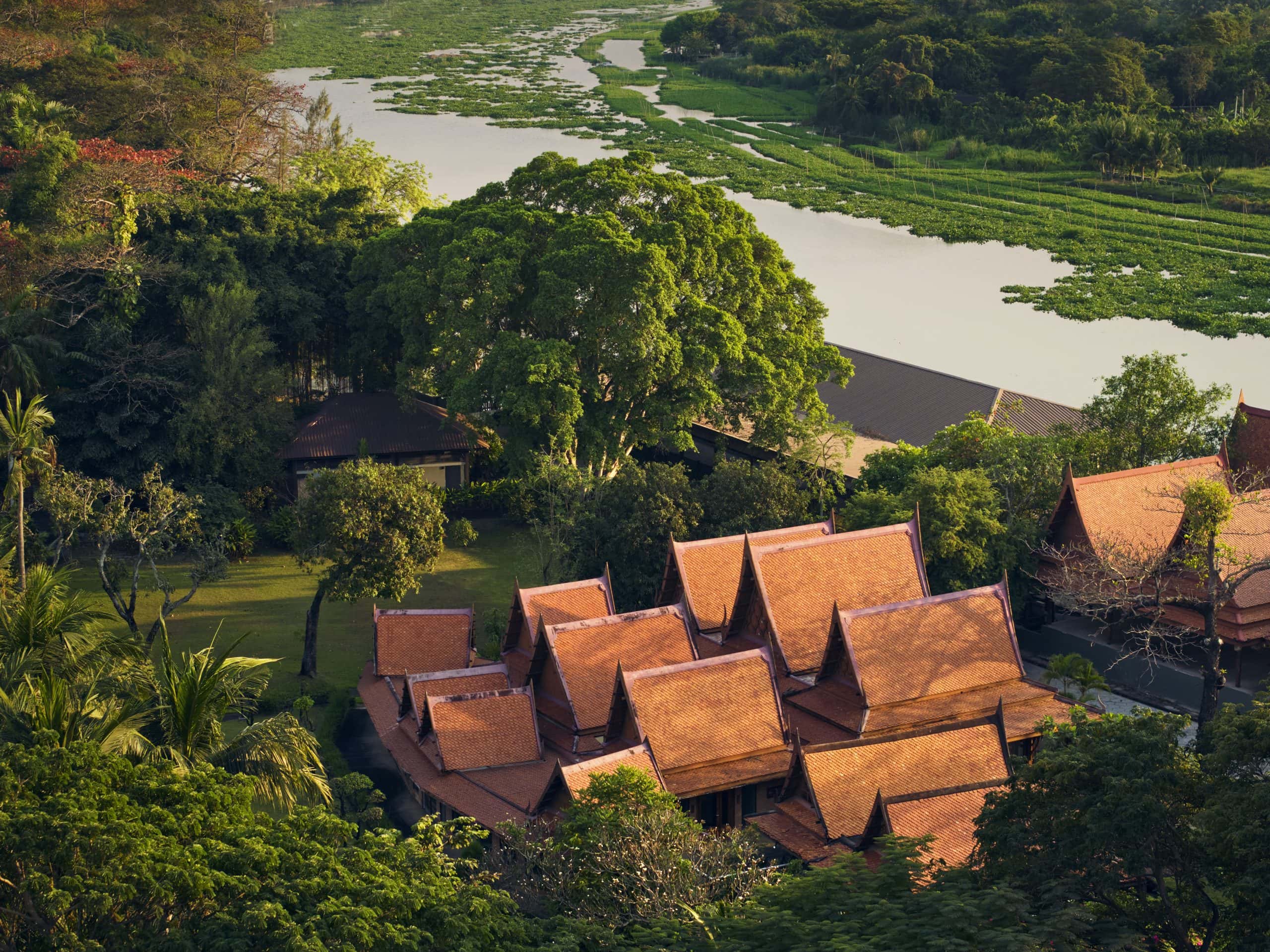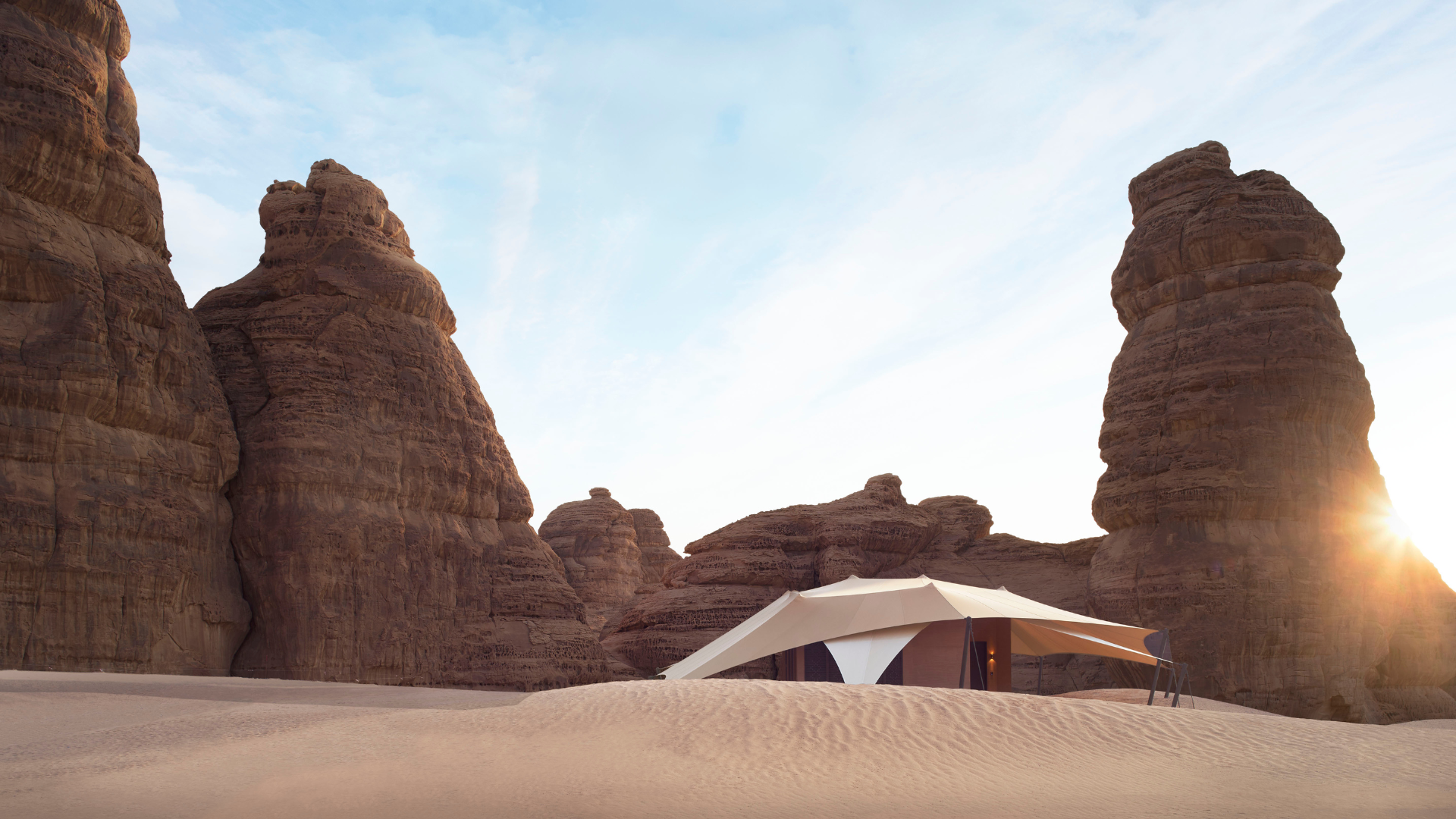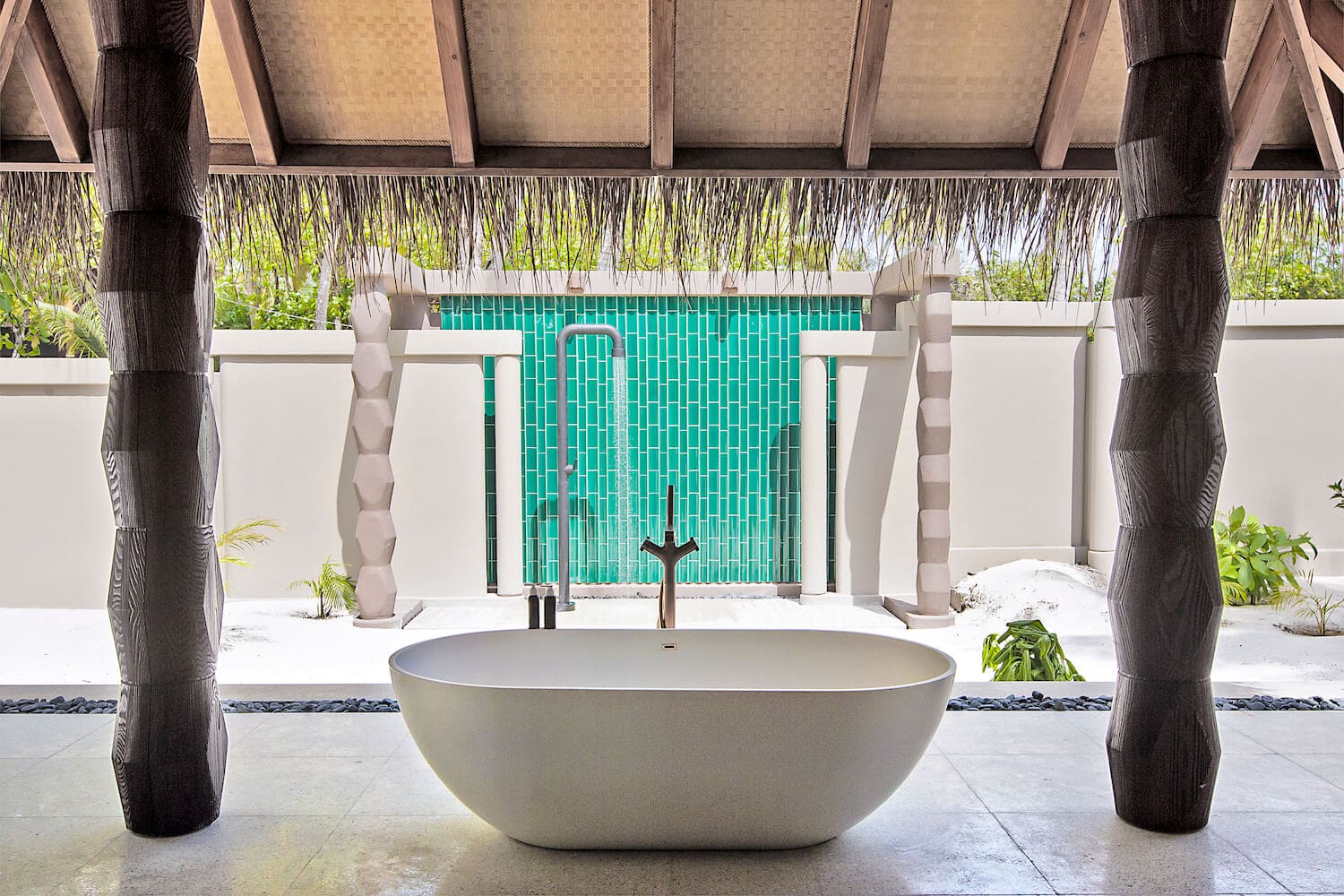On October 22nd, Compare Retreats hosted a fireside chat at The Upper House discussing “The Future of Wellness Travel” with leading industry experts Catherine Feliciano-Chon of CatchOn PR, Kathy Gallagher of Quintessentially, and John Stanton of Chōsen Experiences. Moderated by Compare Retreats Founder and Editor-In-Chief Dervla Louli Musgrave, the conversation revolved around data-backed insights from the recent Global Wellness Summit and covered trending topics from China’s tourism market to how community affects wellness.

China
China currently has over 200 million travellers, who spent more than US$261 billion in 2016, the single biggest expenditure of any market in the world today. “Get to know this market,” said Feliciano-Chon. “If you’re not thinking about China today, you might as well call it quits.” While Chinese travellers may not be travelling for wellness now, Feliciano-Chon noted that within five years they will be. “Everything in China is compressed into micro-generations: what takes 15 to 20 years for us to realise in the West takes three to five in China.”
Mental Health
A huge topic for 2018, and something highlighted in Compare Retreats recent survey when 63% of wellness travellers placed mental health as a priority over their physical or spiritual wellbeing, mental health has become an essential part of wellness programming. “People are looking for a holistic human experience,” Stanton explained. From his own experience at Chōsen Experiences, Stanton has seen this evolution happening first hand: “The original iteration of Chōsen was ‘Let’s push our physical boundaries,’ but the feedback we were getting from the Olympian trainers was it’s more about your mental state. It doesn’t matter how hard you workout; it’s the sleep you’re getting, the relationships you have, the learning you can take back to your family. That’s the evolution of our programming, and I think it’s become reflected in the market.”
Gallagher similarly noted a change in Quintessentially’s travel requests: “About 50% of our clients are looking for privacy when they travel,” she said, with clients seeking out peace and spaces to mentally recharge, often without wifi.
The Value of Community
Wellness is something which has never had a problem garnering community, with niche activities like CrossFit gaining tight-knit, loyal communities. A psychology major, Gallagher commented, “It comes back to our innate desire to be a part of something.” Virtual and physical communities are growing, and in the luxury sector, community is the number one trend with access to exclusive perks and shared experiences with like-minded individuals one of the major draws.
Online, community presents itself in places like Instagram with engagement and commenting. “People want to feel like they are contributing,” said Gallagher. Louli Musgrave highlighted some of the challenges of relying on a virtual community when it comes to selling tangible products, particularly in relation to influencers: “Make sure that whoever you are using to sell your product has a community of people behind them able to afford it.”

Giving Back
In regards to community, Louli Musgrave posed the question: how do luxury retreats ensure they are giving back to the community around them, and not just their wellness following? “Donate,” said Feliciano-Chon. “It starts at home. At Global Wellness Summit, we were shown projects that are charging their luxury clients to take meditation courses, which then funds teaching it to the local police force in Indonesia for free.”
Stanton spoke from his first-hand experience with Chōsen, who recruit locally from the area their wellness experiences are based in. “It’s about making sure your staff are well. If we are treating ourselves well, we have to treat our environment well and the people who are serving us well.” Talking about the community at large, Stanton highlighted the responsibility of wellness travellers to all play their part. “It’s our responsibility as luxury travellers to know that we are impacting the communities we travel in. Bali is a good example: there’s a problem with waste and single-use plastic, so we are vigilant in removing that from our programmes.”
Millennials vs. Babyboomers
The question from an audience member sparked a lively debate among the panel as to whether enough was being done for millennial consumers in the luxury wellness market. “Millennials are over targetted,” said Feliciano-Chon. “There are hundreds of programmes and products being designed around Millennials wants and needs because companies have the data on all their habits, interests, everything… It’s the baby boomers who are being left behind, and they’re the only ones who can afford it.” By 2050, a third of China’s population will be over 50 years old, leaving a huge gap in the market for longevity and anti-aging wellness. Louli Musgrave highlighted the growing interest in multi-generational travel, with families seeking resorts that could cater to all ages.
Hotels vs. Resorts
In the last year, there has been a boom in luxury hotel wellness, with far more wellness retreat programmes appearing in traditional hotels. It became essential for luxury properties to have a spa to be counted as a five-star hotel in the 1980s: “Spas were to hotels in the ’80s what discos were in the ’70s,” joked Feliciano-Chon. Brands like Six Senses and COMO Hotels and Resorts have built their brands around next-level wellness experiences, whereas other hotels like Mandarin Oriental have integrated the concept into their traditional structure. “Some brands are doing it well,” said Feliciano-Chon, “Others are realising it’s time to become serious about it. The shift has been consumers. Consumers today know what they want.”
See photos highlights from the event below:







